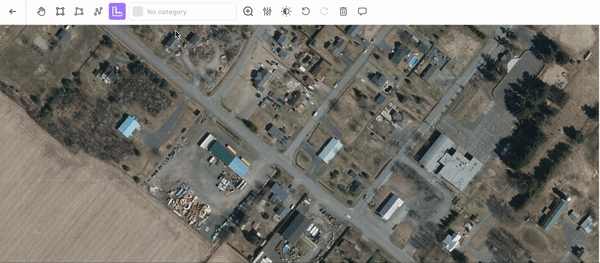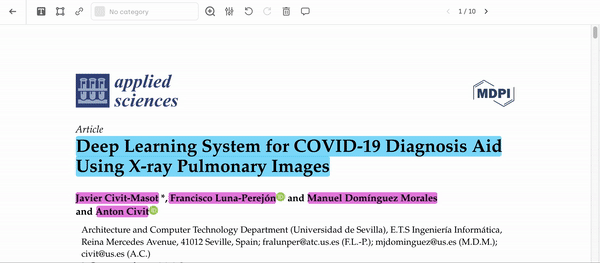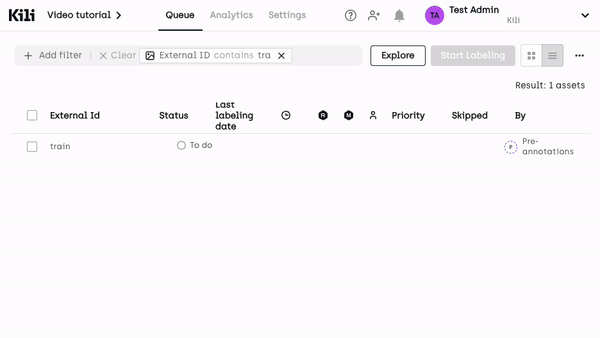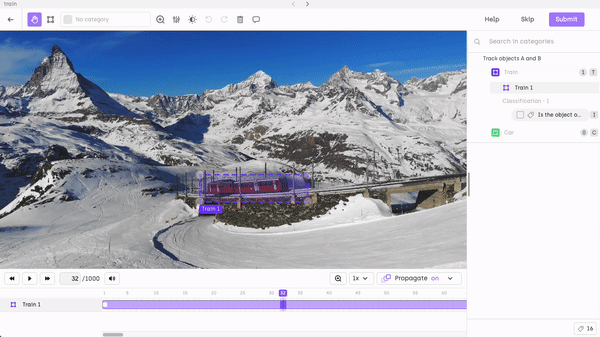November 23rd, 2023
about 2 years ago by Kili Technology
Changelog (v2.143.0)
New
- [Labeling] When annotating GeoTIFF images, you can now measure distance between any two points. The distance is provided in meters and feet. This will help your labelers in situations when an object’s length is a decisive factor for assigning it a specific class. For more information on labeling GeoTIFFs and aerial images, refer to our documentation.

- [Labeling] If your labeling project has NER jobs, you can now create relations by using the Relation tool available directly from the labeling interface’s toolbar. After clicking the tool icon, click the relation starting point, then pick the category from the list (if only one category is possible, the interface will automatically pick it for you), and finally click the endpoints to complete the relation. This will help your labelers create relations faster than before.

- [Organization management] As an organization owner, before you accept an organization membership request, you can now assign the requesting user a specific role within the organization. This will help you manage your organization more efficiently.
- [Asset management] To prevent two users accidentally adding labels to the same asset, Kili now temporarily locks the asset that is being edited.

Changed
- [Labeling] In the video editor, we’ve changed the look&feel of the timeline. The refreshed timeline makes it easier to navigate and edit annotations (for example, you can now easily identify the cells that you’re currently working on). Also, clicking a cell in the timeline automatically moves the player head to the selected frame, which makes frame navigation simpler.

- [Labeling] It is no longer possible to import videos with variable frame rates. We've made this change to make sure that annotations always stay 100% in line with the video assets that are being labeled. If your original video has a variable frame rate, you can either:
- Select fixed frame rate when importing the video to Kili
- Convert your video before importing it, by using this ffmpeg command:
ffmpeg -i <input.mp4> -vcodec libx264 -acodec aac <output.mp4> - [Python SDK] To make sure that retrieval of long videos with lots of labels is stable, we've had to introduce a breaking change in how video labels are fetched server-side. This means that if you use Python SDK to handle labels in your Video projects, you will have to upgrade your Python SDK to keep things in sync and working.
Fixed
- [Python SDK] Kili’s label parser used to accept only integer confidence scores between 0 and 100. It now allows any float number. This will give you more flexibility when managing pre-labeled assets.